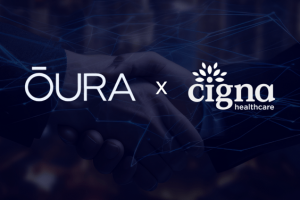By Megan Williams, contributing writer
As the healthcare environment continues to be transformed by both internal and external forces, your clients will no longer be able to rely on staff cuts and service reductions to reduce costs. Every day, efficiency and effectiveness will mean more, as reimbursement models shift to more of a basis on quality of care. The use of patient data, via EHRs (electronic health records) and analysis, has been an important area of concentration in tackling quality, but business intelligence (BI, as addressed by this University of Florida study) is continually being used in new ways, not only in clinical management, but specifically, in the area of patient flow management.
Patient Flow Automation systems are nothing new, but the industry is still short on offerings that provide the level of data needed to evaluate and monitor performance. Most provide raw data, without the analysis component that could offer facilities insight they need to stay on top of cost-cutting measures that are relevant to the industry. Some areas where they could provide the most insight are:
- Admission And Discharge Analysis. Patient placement is the cornerstone of effective patient flow. A good BI system will allow users to not only track patient flow statistics, but also to play with those numbers and slice them into user efficiency and system compliance insight. Hospitals can identify bottlenecks in the discharge process by breaking them down by time of day as well as overall volume.
- Patient Safety. Accountable care organizations (ACOs) and mandates around the Affordable Care Act (ACA) have dragged the topic of patient safety as a measure of facility effectiveness by tying it to reimbursement. The average, 500-bed hospital, back in 2011, could expect to see 194 unnecessary deaths and $28 million in unnecessary costs per year as a result of laxity in this area. BI is a powerful tool in the fight against hospital-acquired infections through patient movement tracking, and analyzing how their infection and isolation attributes change. It can then be used to target improvements in areas that show persistent issues around infection and disease transmission.
- Capacity Management. BI can also be used in tracking underused assets. While traditional patient flow systems have tracked where patients are, they’ve less commonly kept record of underused assets (like empty beds) that could be put to use in more efficient ways. Keeping your clients proactive in this area translates to improved patient care and decreases in lost revenue.
- Transport And Housekeeping. It’s often overlooked, but transportation of patients and housekeeping have profound effects on patient flow. If patients are not being moved efficiently, and beds are not being cleaned and prepared in a timely matter, bottle necks can occur. BI can be used to collect long-term information on jobs by date, employee, and geographical area, and translate them into reports that are easily processed by executive decision-makers. Some systems even employ live displays of transport and housekeeping information, allowing for immediate action around staffing and job-time issues.
No doubt your clients will have varying patient flow needs that can be met by BI, with those needs possibly being addressed by consulting or even custom-built solutions.
Solutions providers looking to get more deeply engaged with patient flow management, will stay up to date on real-time location systems (RTLS), event-driven data, and understanding the individual issues your client facilities face. Read more on how the healthcare industry is leveraging data capture and tracking technologies here.





































